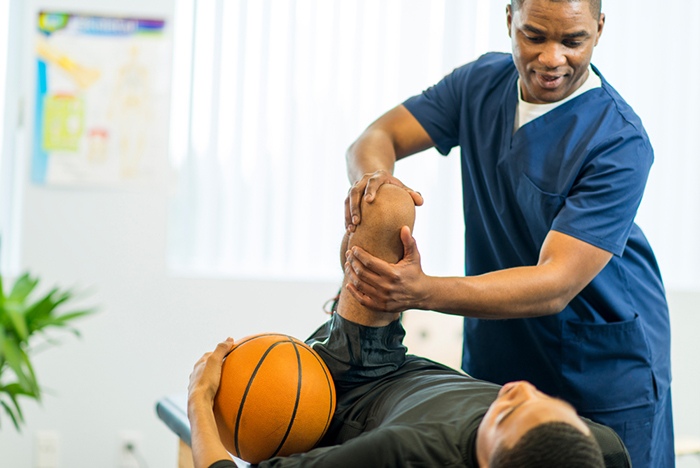Improving Performance and Minimizing Injury Threat through Comprehensive Evaluation of Balance and Steadiness through Practical Mobility Screening.
Improving Performance and Minimizing Injury Threat through Comprehensive Evaluation of Balance and Steadiness through Practical Mobility Screening.
Blog Article
Balance and steadiness are crucial elements of bodily fitness and overall health. They play a vital role in daily tasks, sports capability, and harm avoidance. When an person has strong equilibrium and steadiness, they are not as likely to fall or sustain injuries during physical activities. One efficient way to evaluate these attributes is through Functional Movement Assessment (FMS). FMS is a method used to analyze motion styles and recognize discrepancies or deficiencies that could result to harm.
Functional Movement Screening involves a sequence of specific tests that examine how effectively a person functions. The tests focus on fundamental movements such as squat, lunge, and flexing. By watching these actions, coaches and medical experts can identify areas where an person may have difficulty. For example, if someone has trouble keeping equilibrium while executing a squatting, it may suggest a need for targeted exercises to improve strength and control. This assessment not only identifies weaknesses but also helps to track advancement over a period.
In addition to this to recognizing areas for enhancement, FMS plays a crucial part in preventing injuries. Many injuries occur as a result of poor movement patterns, which can be identified through practical evaluations. By tackling these issues early on, individuals can reduce their likelihood of injury during sports or other physical activities. For instance, a jogger who shows an imbalance in their gait may be more susceptible to leg important source harm. By adjusting these imbalances through specific training programs, the chance of harm can be substantially decreased.
Furthermore, enhancing performance is another advantage of performing a thorough assessment of balance and stability. Sportspeople and engaged persons often seek to improve their capability in particular activities or tasks. A thorough understanding of their movement styles allows coaches to create personalized training programs that focus on specific weaknesses. By enhancing equilibrium and steadiness, athletes can enhance their total capability, whether it’s running more quickly, leaping taller, or performing exact movements in their activity.
In summary, the importance of assessing equilibrium and see this steadiness through Practical Movement Assessment cannot be overstated. This comprehensive assessment serves as a basis for enhancing physical fitness, avoiding harm, and enhancing athletic capability. By identifying areas of weakness and putting into action specific training approaches, individuals can achieve better outcomes in their bodily activities. Emphasizing equilibrium and steadiness not only leads to better capability but also contributes to a healthier, increasingly active lifestyle.
